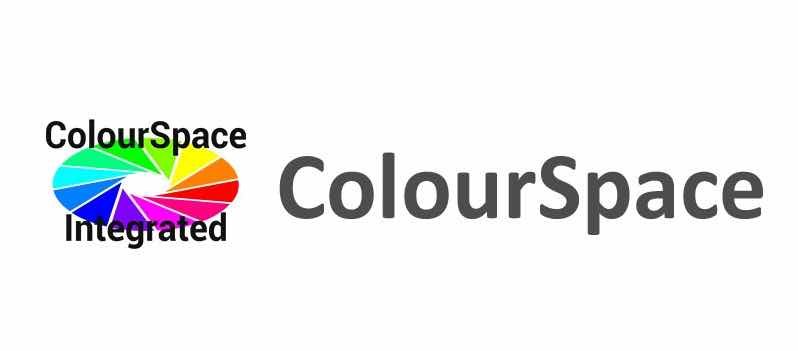Why Calibrated Monitors Are Essential for Colourists
A calibrated reference monitor for colour grading work is by far the most essential piece of equipment a colourist can have. This blog post will dive into why it is crucial to use a calibrated reference monitor and the benefits it provides.
Who Should Read This?
Whether you are a colourist starting out and looking for guidance or a Producer, Director, or DP seeking more information on the technical aspects of reference monitors to ensure your production is graded on an accurate screen, this blog post is for you.
The Purpose of Calibration Monitors
The primary purpose of a calibration monitor is to provide accurate colour reproduction, ensuring that the colour you see is actually the colour you get.
Accuracy in Colour Representation
With marketing teams becoming increasingly creative, it is important to understand the finer details of displays. While a verified display sounds great, it is only part of the story. There is a significant difference between a verified display and a calibrated display.
Verified Display
A verified display is confirmed to show the full colour gamut. Standards such as Rec 709, DCI-P3, and Rec 2020 are all colour gamuts. A verified display means the display can show the full range of colours within the colour space.
Calibrated Display
A calibrated display ensures the display can show the full colour gamut with accuracy. For colourists, it is crucial that a monitor not only displays the full colour gamut but also accurately displays the colour values within that gamut. Any deviation from accuracy can result in a final product that does not match the envisioned outcome and can ruin the entire production.
Maintaining Industry Standards
The film and television industries have very strict guidelines on broadcast standards. The Society of Motion Picture and Television Engineers (SMPTE) has established guidelines for broadcast standards, and television channels have stringent QC processes to ensure these guidelines are adhered to. It is important to note that these guidelines focus more on maintaining technical compliance rather than achieving pleasing aesthetics.
Understanding DeltaE
Before diving into calibration, we need to understand DeltaE. DeltaE measures the difference between a particular colour that has been digitally reproduced.
Scale: 0 means no colour difference (complete accuracy), and 100 indicates total distortion.
Perception Range: <1.0 is not noticeable to the human eye.
Calibration
Calibration using colour space
As mentioned earlier, it is important to use a reference monitor that can display above 99% of your target gamut or colour space, then calibrate this reference monitor. I use an LG 32 EP950-B, which, while it comes ‘calibrated,’ had an initial average DeltaE of just under 2.0.
Calibration Software
While a deep dive into the realms of colour calibration software is beyond the scope of this blog post, I want to touch on the importance of such software. A calibrated monitor is essential, which means the software used for calibration is also very important. There are several calibration options available, but I will only recommend two (three if you own a Flanders monitor and live in the US, as you can send your monitor back to them for free recalibration).
Calman by Portrait Displays: An American-based calibration software company, Calman is popular among Hollywood professionals and suitable for calibrating TV screens.
ColourSpace by Light Illusion: A British-based company with exceptional customer service, led by Steve Shaw. ColourSpace enables unprecedented levels of accuracy and data reporting for display calibration within the professional film, post-production, and broadcast industries, as well as for display manufacturers and home cinema enthusiasts. It offers various pricing options.
I have a bias towards ColourSpace as this is the software I use, and I can confirm the support for this software is amazing. At the time of writing, my calibrated screen has a DeltaE of 0.18. It also offers professional-level software at a reasonable price.
Conclusion
In conclusion, accurately calibrated monitors are indispensable tools for colourists. They provide the accuracy and consistency needed by adhering to industry standards and improving workflow efficiency. Correctly calibrated reference monitors help colourists deliver high-quality, professional-grade work. As technology continues to advance, the importance of using a calibrated reference monitor in the colour grading process will only become more pronounced. Knowing what to look for in reference monitor calibration is not just a matter of preference but a necessity for anyone serious about their colour grading craft or production.
If you are looking for a colourist for a professional quailty grade with industry standard equipment please feel free to contact me



